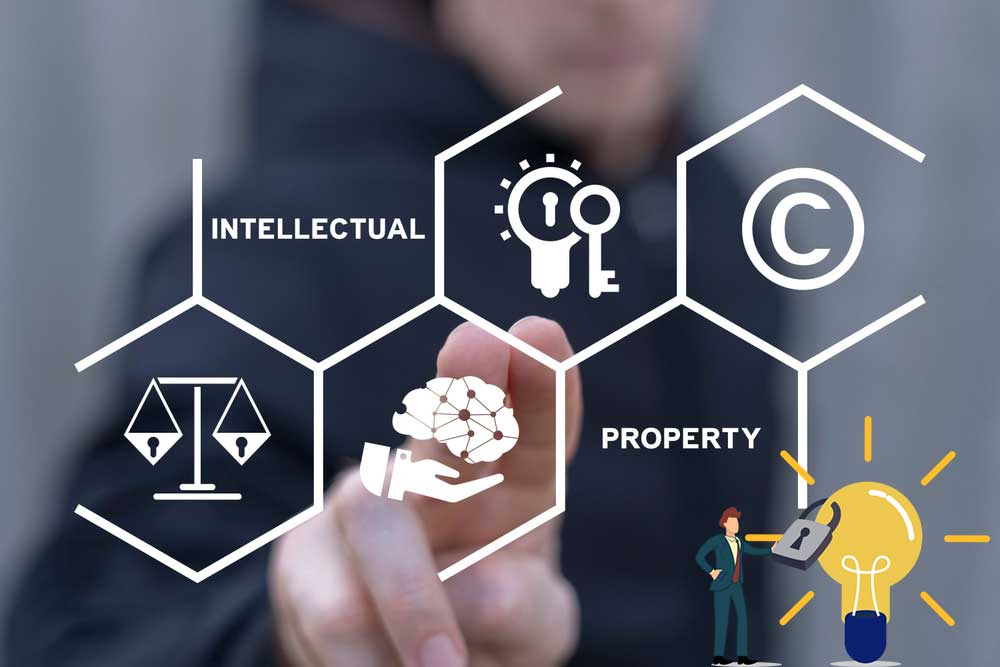Safeguarding Ideas: The Dynamic Realm of Intellectual Property Law
In today’s knowledge-driven economy, creativity and innovation are the cornerstones of progress. Intellectual Property (IP) Law plays a crucial role in protecting these creations, ensuring that individuals, businesses, and innovators receive recognition and economic benefit from their ideas. By safeguarding everything from artistic works to technological inventions, IP law not only protects creators but also fuels competition, investment, and overall economic growth.
What is Intellectual Property Law?
Intellectual Property Law is a legal framework designed to protect intangible assets that are the product of human intellect. These assets include inventions, literary and artistic works, symbols, names, designs, and even trade secrets. Unlike physical property, IP is not tangible, yet it holds immense commercial and social value.
Types of Intellectual Property Rights (IPR)
-
Copyrights – Protect literary, artistic, musical, and dramatic works.
-
Trademarks – Secure brand names, logos, slogans, and distinctive signs that differentiate goods or services.
-
Patents – Provide exclusive rights to inventors for their unique inventions or processes.
-
Designs – Safeguard the aesthetic or ornamental aspects of products.
-
Geographical Indications (GI) – Identify goods originating from a specific region, known for their unique qualities (e.g., Darjeeling Tea).
-
Trade Secrets – Protect confidential business information, techniques, or formulas that provide a competitive edge.
Why is IP Law Important?
-
Encourages Innovation: Assures creators that their work will be protected.
-
Fuels Economic Growth: Promotes investment in research, development, and branding.
-
Protects Consumers: Prevents misuse of brand identity and ensures product authenticity.
-
Global Competitiveness: A strong IP system helps nations compete in international markets.
Challenges in IP Law
Despite its importance, IP law faces numerous challenges in the digital age. Piracy, counterfeiting, and unauthorized use of content are rampant across industries. The rise of artificial intelligence, biotechnology, and digital platforms has also raised complex legal questions about ownership and enforcement. Addressing these challenges requires robust legislation, global cooperation, and advanced enforcement mechanisms.
Conclusion
Intellectual Property Law is more than just a protective shield—it is a driver of progress. By securing the rights of creators and innovators, it fosters a culture of creativity and entrepreneurship. In an era where knowledge is power, safeguarding intellectual property is essential for building a sustainable and competitive future.

